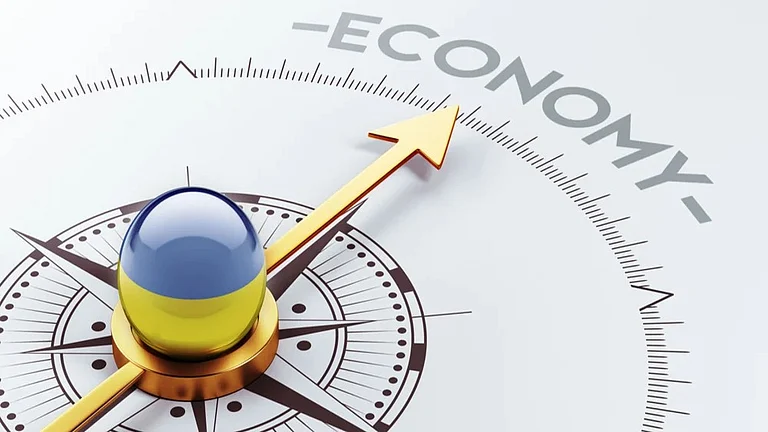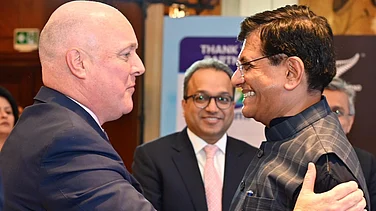The imposition of reciprocal tariffs by the US, particularly a 26% tariff on Indian imports effective April 2025, has injected uncertainty into India’s export outlook, the finance ministry noted in its monthly economic review for April. It said that although a 90-day suspension of new tariffs is in place pending bilateral negotiations and the risk of renewed trade barriers remains a key external vulnerability.
The ministry also warned that with firms adopting a more cautious stance amid global uncertainty and tighter financial conditions, private sector capital expenditure could lag. "A successful US-India trade agreement could flip current headwinds into tailwinds, opening up new market access and energising exports," said the report prepared by the Department of Economic Affairs.
The economic review further highlighted the importance of the outcome of a pause in the US-China reciprocal tariffs. Further, the passage of the US Budget Bill for the next financial year and the reaction in the US bond market, in light of the recent downgrade of the US sovereign credit rating by Moody’s, will also set the tone for financial markets globally in the final months of 2025, it said.
The ministry also underscored that the recent downgrade of growth projections for India by some agencies, including the International Monetary Fund (IMF), was due to the ‘higher levels of global uncertainties and trade tensions.' The IMF in its World Economic Outlook, released in April, has trimmed India's growth projection by 30 basis points (bps) from its January prediction and pegged at at 6.2%.
"However, India is still expected to be the fastest-growing major economy and faced the least amount of cut amongst other global economies," it added.
Multiple agencies project India’s growth to be in the range of 6.3 – 6.7% in FY26, supported by robust domestic fundamentals, stable macroeconomic management, and growing government capital expenditure, while declining inflation strengthens this outlook, the survey noted.
Explaining the factors that boosted India's growth, the finance ministry said that the government's capital expenditure (capex) has played a pivotal role in supporting economic activity, providing a buffer against external shocks. It hoped that the government’s direct tax exemptions and fiscal measures, along with the rate cuts from the central bank, will further stimulate consumption and investment.
"These could accelerate the recovery and lift growth towards the upper end of forecasts of 6.3-6.8%, given in the latest Economic Survey," the ministry observed.
































